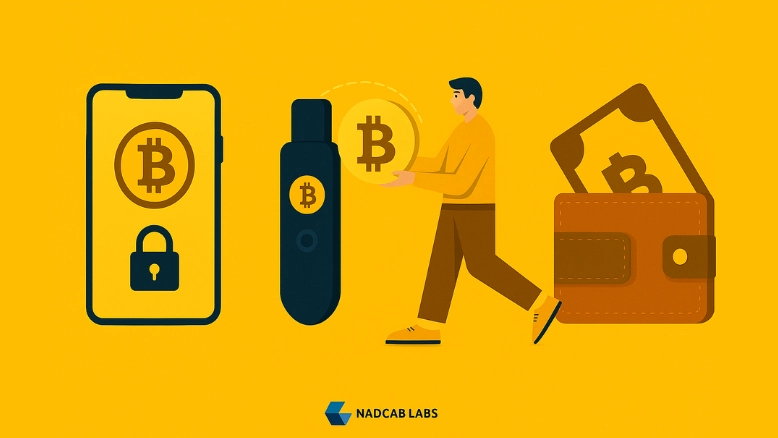
Slippage control in decentralized exchanges (DEXs) helps keep trading costs predictable. Slippage happens when the price you expect to pay or receive for a trade differs from the final price due to market changes. To control slippage, you can set limits on how much price change you’re willing to accept, trade when there’s more liquidity, use limit orders to control the exact price, and check tools that show potential price impacts before you trade. These steps help you get better prices and avoid unexpected costs.
What is Slippage Control in DEX?
Slippage Control in Decentralized Exchanges (DEXs) is a key feature that helps manage unexpected price changes during trading. Slippage occurs when the price you expect to trade at differs from the actual price due to market fluctuations or low liquidity. Effective slippage control mechanisms include setting slippage tolerance limits, trading during times of high liquidity, using limit orders to specify the exact price, and using tools to estimate price impacts before executing trades. These measures are essential in Decentralized Exchange Development to ensure that trades are executed at desired prices and to minimize unexpected trading costs.
Types of Slippage Control
-
Slippage Tolerance Settings
Traders can set a maximum percentage of slippage they are willing to accept. If the price moves beyond this limit, the trade will not execute. This helps prevent trades from being completed at unfavorable prices.
-
Limit Orders
Instead of market orders, which execute at the current best price, limit orders let traders specify the exact price at which they want to buy or sell. This ensures trades are only executed at the set price or better, reducing slippage.
-
Price Impact Calculators
Some DEXs provide tools to calculate the potential impact of a trade on the price before execution. These calculators help traders understand how their trade might affect the price and adjust their orders accordingly.
-
Advanced Order Types
Certain platforms offer advanced order types, such as stop-loss orders, which automatically execute trades when the price reaches a specified level. This can help manage slippage by locking in prices before they fluctuate too much.
-
Trading During High Liquidity Periods
Avalanche employs a DAG-based consensus mechanism for its platform, which allows for highly scalable and decentralized applications (dApps). It supports multiple Blockchain Networks within its ecosystem, enhancing interoperability and transaction throughput.
-
Slippage Management Algorithms
Some DEXs use algorithms that dynamically adjust trading parameters to minimize slippage. These algorithms analyze market conditions in real-time to ensure trades are executed as close to the expected price as possible.
How to Slippage Protection in DEX Development?
To implement Slippage Protection in DEX Development, you should incorporate features like adjustable slippage tolerance settings, limit orders, and price impact calculators to help users manage unexpected price changes. Enhancing liquidity management ensures stable prices, while dynamic slippage algorithms adjust trading parameters in real-time to minimize deviations. Additionally, offering advanced order types and optimizing the trading interface for clear slippage estimates can further protect users from unfavorable trade execution and ensure a more predictable trading experience.
Key Factors that Affect Slippage Tolerance
-
Market Liquidity
Low liquidity in a trading pair can lead to higher slippage, as there are fewer assets available to match orders at the expected price. Higher liquidity generally results in lower slippage.
-
Trade Size
Large trades are more likely to experience significant slippage because they can move the market price. Smaller trades usually have less impact on the price.
-
Market Volatility
In volatile markets, prices can change rapidly, increasing the likelihood of slippage. High volatility can cause larger deviations between the expected and actual trade price.
-
Order Type
Market orders, which execute immediately at the best available price, are more susceptible to slippage compared to limit orders, which execute only at a specified price.
-
Time of Trade
Slippage can be affected by the time of day and trading volume. Trades made during off-peak hours or low-volume periods might face higher slippage due to reduced market activity.
-
Price Impact
The size of the order relative to the liquidity of the trading pair can affect slippage. Larger orders can cause greater price movements, leading to increased slippage.
Why Is Slippage Control Important for DEX Users?
Slippage Control is crucial for DEX users because it helps manage and mitigate unexpected trading costs. Without effective slippage control, users may experience significant differences between the price they expect to pay or receive and the price at which their trade actually executes. This can result in higher trading costs and reduced profitability, especially in volatile or low-liquidity markets. By setting Slippage Tolerance levels, using limit orders, and employing price impact calculators, users can better manage their trades and avoid unfavorable execution prices, ensuring a more predictable and fair trading experience.
How Does Nadcab Labs Make Slippage Control Easy on a DEX?
Nadcab Labs simplifies slippage control on decentralized exchanges (DEXs) by integrating advanced features and tools into their platform. They offer customizable slippage tolerance settings that allow users to set their preferred limits for price deviation, ensuring trades execute only within acceptable price ranges. Nadcab Labs also employs dynamic algorithms that adjust trading parameters in real-time to minimize slippage based on current market conditions. Additionally, their platform includes price impact calculators and user-friendly interfaces that provide clear estimates of potential slippage before order execution. These innovations help users make informed trading decisions and maintain control over their trading costs.






